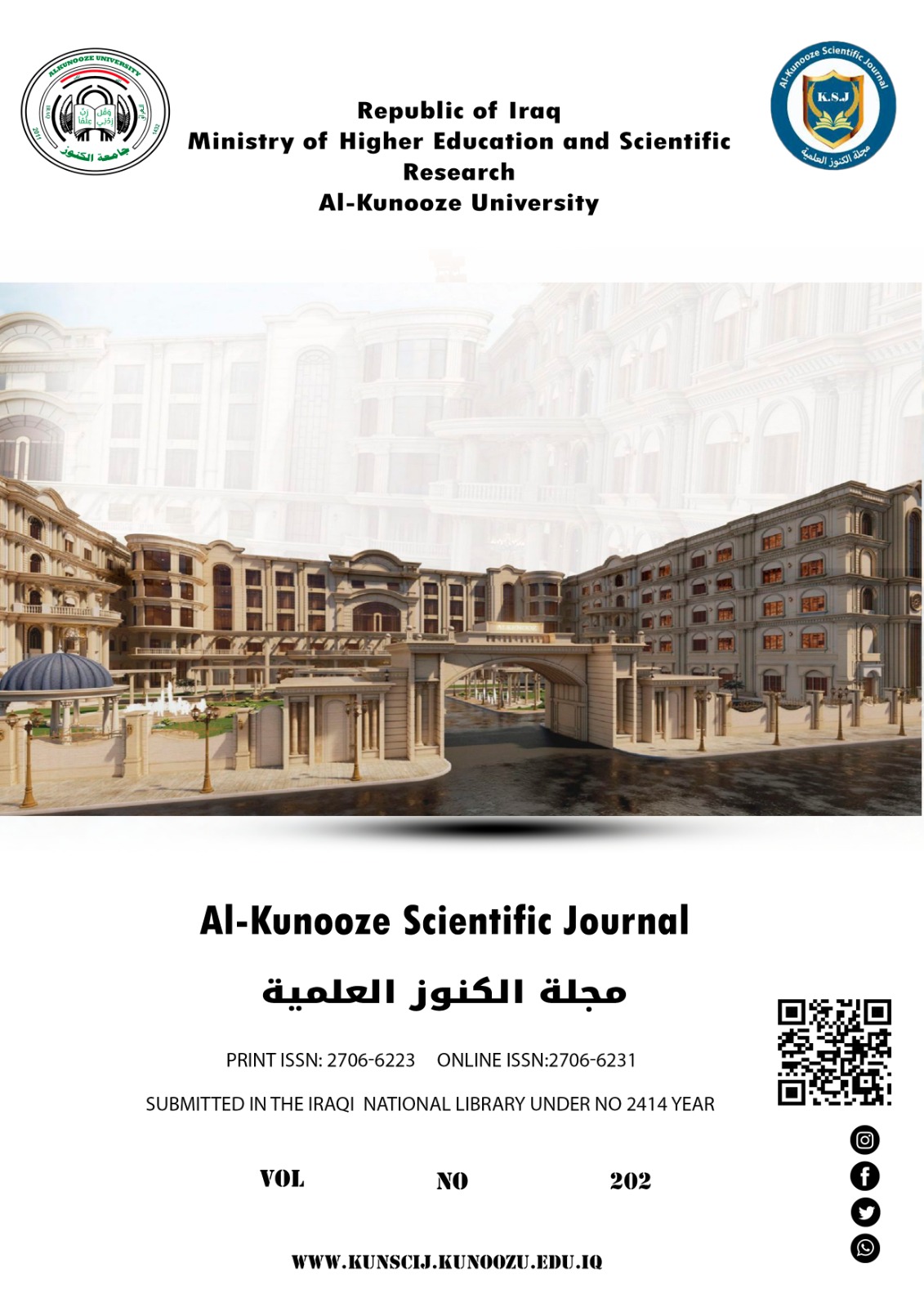Awareness of Needle Stick Injuries and Blood Borne Disease Transmission: A Focused Study
DOI:
https://doi.org/10.36582/4yq32x59الكلمات المفتاحية:
Awareness, Blood Borne Pathogen, HCWs, NSIالملخص
Background: Needle stick injuries (NSIs) provide a considerable occupational risk for healthcare workers (HCWs), exposing them to blood borne viruses like HIV, hepatitis B, and hepatitis C. Understanding and compliance with infection prevention protocols are essential for reducing these hazards. Objective: This research seeks to assess healthcare workers' understanding, habits, and views of needle stick injuries and to determine the variables affecting their compliance with preventative measures. Methods: descriptive cross-sectional research study with 400 healthcare workers from various health facilities. We gathered data using standardized questionnaires that focused on demographic factors, functional roles, awareness, practices, and NSI views. Result: The majority of participants were aged 20–29 years (62.5%), mostly male (70.8%), and resided in metropolitan regions (75.8%). Moderate awareness levels were seen in 54.8% of healthcare workers, accompanied by notable deficiencies in knowledge of viral survival periods. Good behaviors were noted in 59.2% of participants, especially for infection control measures such as hand cleanliness and sharps disposal. Conclusion: The study found that most healthcare workers have a moderate level of awareness about needle stick injuries.
التنزيلات
التنزيلات
منشور
الرخصة
الحقوق الفكرية (c) 2025 Al-Kunooze Scientific Journal

هذا العمل مرخص بموجب Creative Commons Attribution-NonCommercial 4.0 International License.





